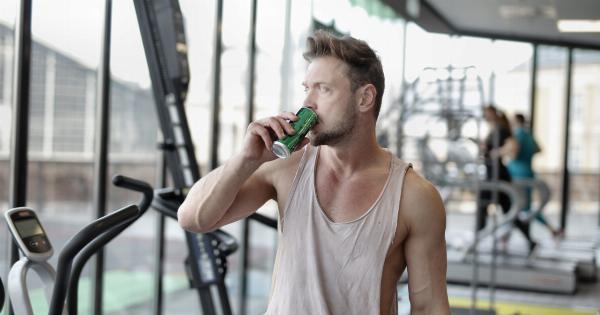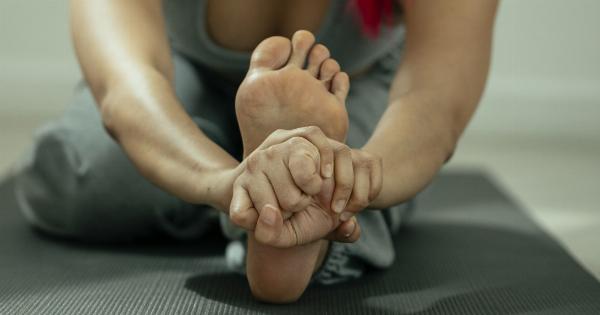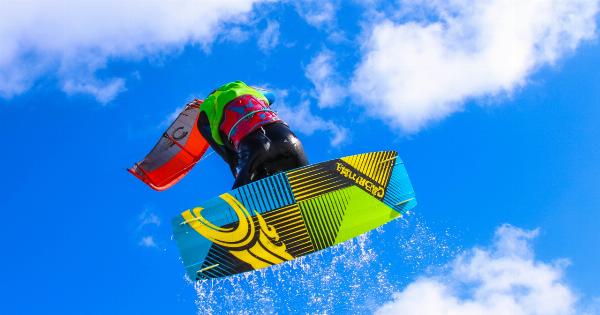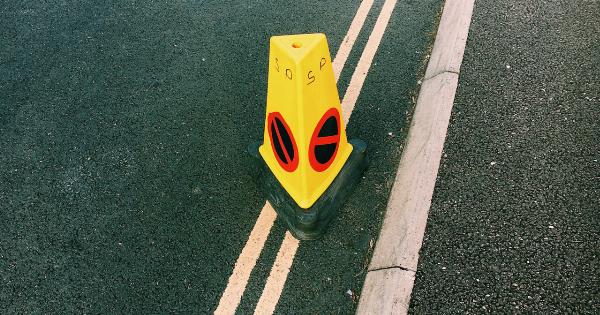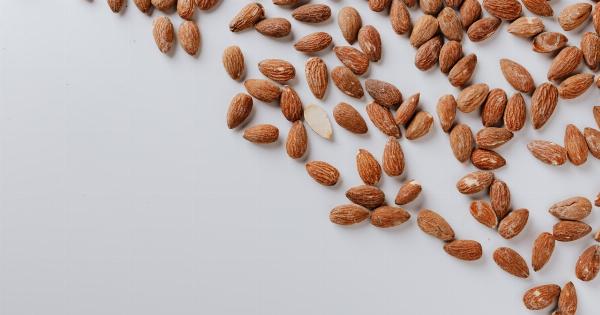When you’re out on the open seas, sailing can be a thrilling and fulfilling experience. However, it can also bring about its fair share of challenges, including cramps.
Cramps can be not only uncomfortable and painful but also dangerous, especially for sailors who rely on their physical abilities to maneuver their boats. Therefore, it is crucial to know how to prevent cramps and ensure smooth sailing. In this article, we will discuss the top cramp prevention tips for sailors to help you avoid disaster and enjoy your time on the water.
Stay Hydrated
One of the most important factors in preventing cramps is staying properly hydrated. Dehydration can lead to muscle cramps and significantly impair your ability to navigate your sailboat effectively.
When sailing, you are exposed to various elements, including the sun, wind, and saltwater, which can quickly deplete your body’s water levels. Therefore, it is essential to drink plenty of fluids throughout your sailing trip, especially water. Avoid excessive alcohol or caffeine consumption, as they can dehydrate your body even more.
Warm-Up Exercises
Prior to embarking on your sailing adventure, it is crucial to warm up your body and prepare it for the physical demands ahead. Engaging in warm-up exercises can help increase blood flow to your muscles and reduce the risk of cramps.
Some effective warm-up exercises for sailors include stretching the arms, shoulders, and legs, as well as light jogging or cycling. Spend at least 10-15 minutes warming up before setting sail to help prevent cramps and promote flexibility.
Proper Nutrition
Eating a balanced diet that is rich in essential nutrients is vital for overall health, including muscle function and preventing cramps.
Ensure that your diet includes foods that are high in potassium, calcium, and magnesium, as deficiencies in these minerals can contribute to muscle cramping. Foods like bananas, oranges, leafy greens, dairy products, and nuts are excellent sources of these essential nutrients. Avoid indulging in heavy or greasy meals before sailing, as they may cause indigestion and discomfort on the water.
Stretching during Sailing
While sailing, it is important to continue stretching to keep your muscles limber and prevent cramps. Take short breaks every hour or so to stretch your legs, arms, and back.
Simple stretching exercises such as touching your toes, reaching your arms overhead, and rotating your ankles can help prevent muscle tightness and cramps. Incorporating these stretches into your sailing routine will ensure that your muscles remain loose and ready for action.
Proper Clothing and Gear
Wearing appropriate clothing and gear while sailing is not only important for your comfort but also for preventing cramps. Clothing that is too tight or restricts your movement can increase the risk of muscle cramps.
Opt for loose-fitting, breathable clothing that allows for a full range of motion. It is also crucial to wear quality sailing shoes that provide proper foot support. Avoid cotton socks, as they can become wet and promote blisters. Instead, choose moisture-wicking socks or those made of synthetic materials.
Posture and Ergonomics
Adopting the correct posture and practicing good ergonomics can make a significant difference in preventing cramps while sailing. Maintain a neutral spine alignment to reduce stress on your muscles and joints.
Avoid slouching or sitting in awkward positions for extended periods. Use proper technique when maneuvering sails or handling equipment to minimize strain on your muscles.
Investing in ergonomic sailing equipment, such as adjustable seats and footrests, can also help maintain proper body alignment and minimize muscle fatigue.
Listen to Your Body
One of the most important tips for preventing cramps while sailing is to listen to your body and be aware of any warning signs. If you start feeling muscle fatigue, tightness, or pain, it is crucial to take a break and rest.
Pushing through the pain can lead to more severe cramps and potential injuries. Pay attention to any early signs of dehydration, such as dry mouth, dizziness, or dark-colored urine, and take immediate actions to rehydrate yourself.
Prioritize your body’s needs and make necessary adjustments to ensure a safe and enjoyable sailing experience.
Proper Sleep and Rest
Getting enough quality sleep and rest is essential for preventing cramps and maintaining overall health while sailing. Lack of sleep can contribute to muscle fatigue and make you more susceptible to cramps.
Aim for at least 7-8 hours of uninterrupted sleep during your sailing trip. Take short breaks and allow yourself to rest between physically demanding activities. Giving your body adequate time to recover and recharge will help prevent muscle cramps and keep you energized throughout your journey.
Take Advantage of Wind Conditions
While you cannot control the wind, understanding and leveraging wind conditions can minimize the exertion required to sail, reducing the likelihood of cramps.
Take advantage of favorable winds and adjust your sails accordingly to optimize your speed and efficiency. Properly harnessing wind power can help reduce the physical strain on your muscles, making sailing more enjoyable and reducing the risk of cramps.
Stay informed about weather forecasts and wind patterns to plan your route strategically and maximize your sailing experience.
Stay Active during Downtime
When not actively sailing, make an effort to stay active during downtime to prevent muscle cramps. Engage in light physical activities such as walking, swimming, or participating in onshore recreational activities.
Maintaining a certain level of activity during breaks will keep your muscles warm, improve blood circulation, and reduce the likelihood of cramps. Avoid prolonged periods of inactivity, as it can increase the risk of muscle stiffness and cramping once you resume sailing.
Conclusion
Cramps can quickly turn a delightful sailing trip into a painful and potentially dangerous experience. By implementing these top cramp prevention tips for sailors, you can minimize the risk of cramps and enjoy smooth sailing adventures.
Stay hydrated, warm-up your body, maintain a balanced diet, stretch regularly, wear appropriate clothing, and listen to your body’s signals. Prioritize your well-being, practice good ergonomics, and take advantage of wind conditions. With these preventative measures in place, you can navigate the waters with confidence, knowing that you have taken steps to avoid disaster.











